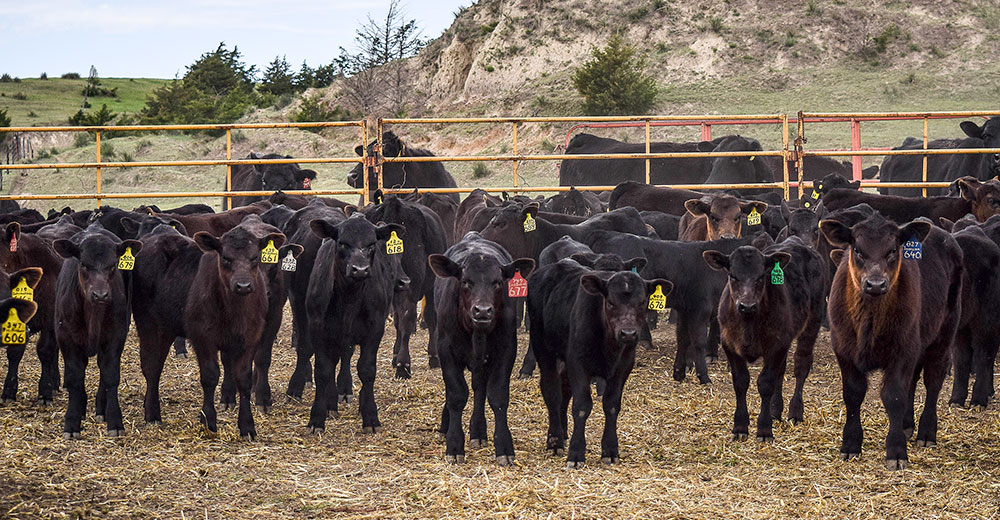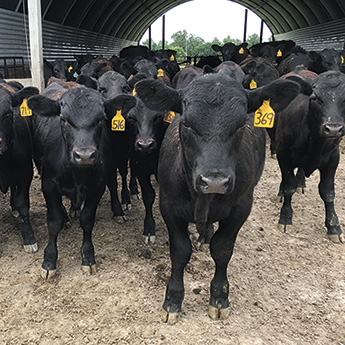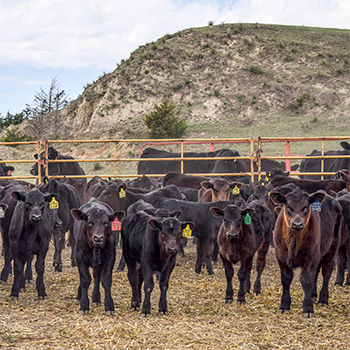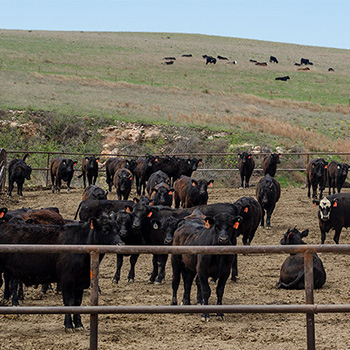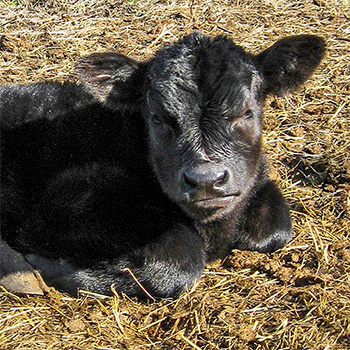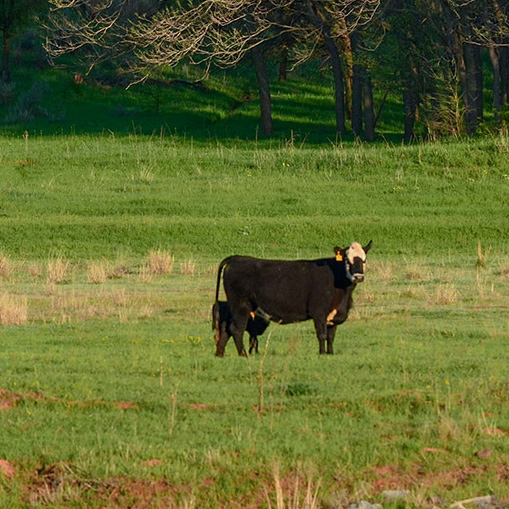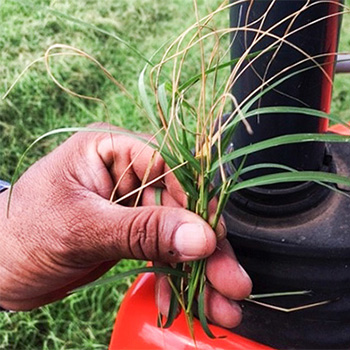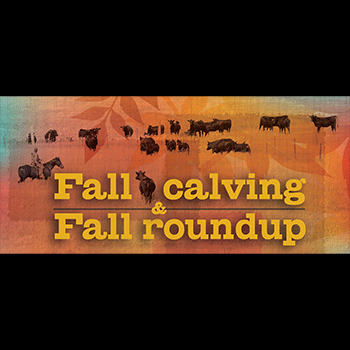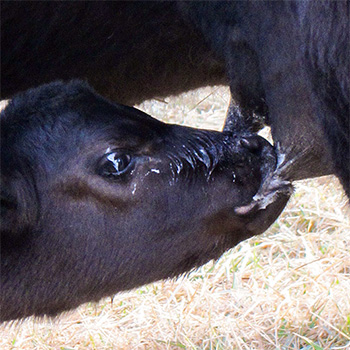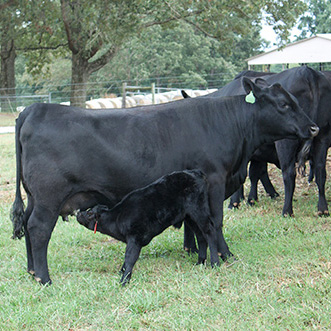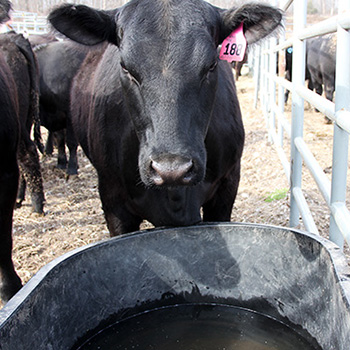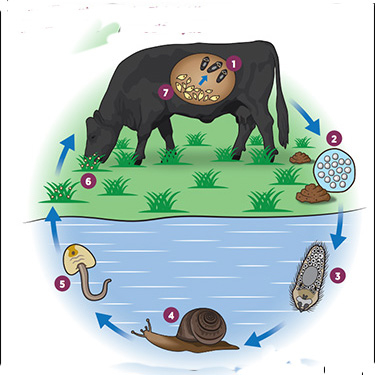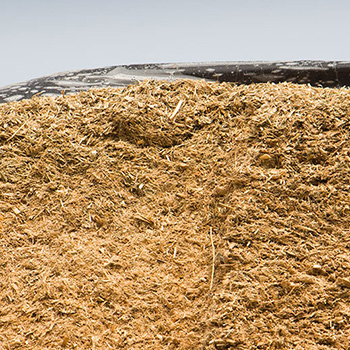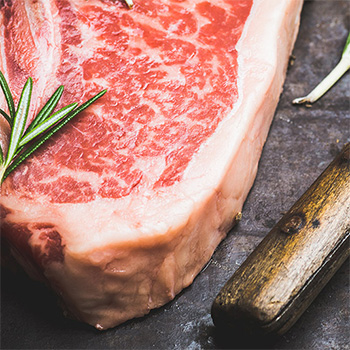Backgrounding Calves Before Sale
Tips offered to prepare calves for a successful, productive life.
Calves receive a premium as weaned, preconditioned calves, so it is important to transition them carefully to minimize health problems.
“Two-stage weaning with nose flaps is the least stressful way to wean,” says Ron Gill, professor of animal science and extension livestock specialist at Texas A&M University. “Next best is fenceline weaning at pasture.”
He advises people not to process cattle the day they separate cows and calves. Preweaning vaccinations should be given prior to that.
